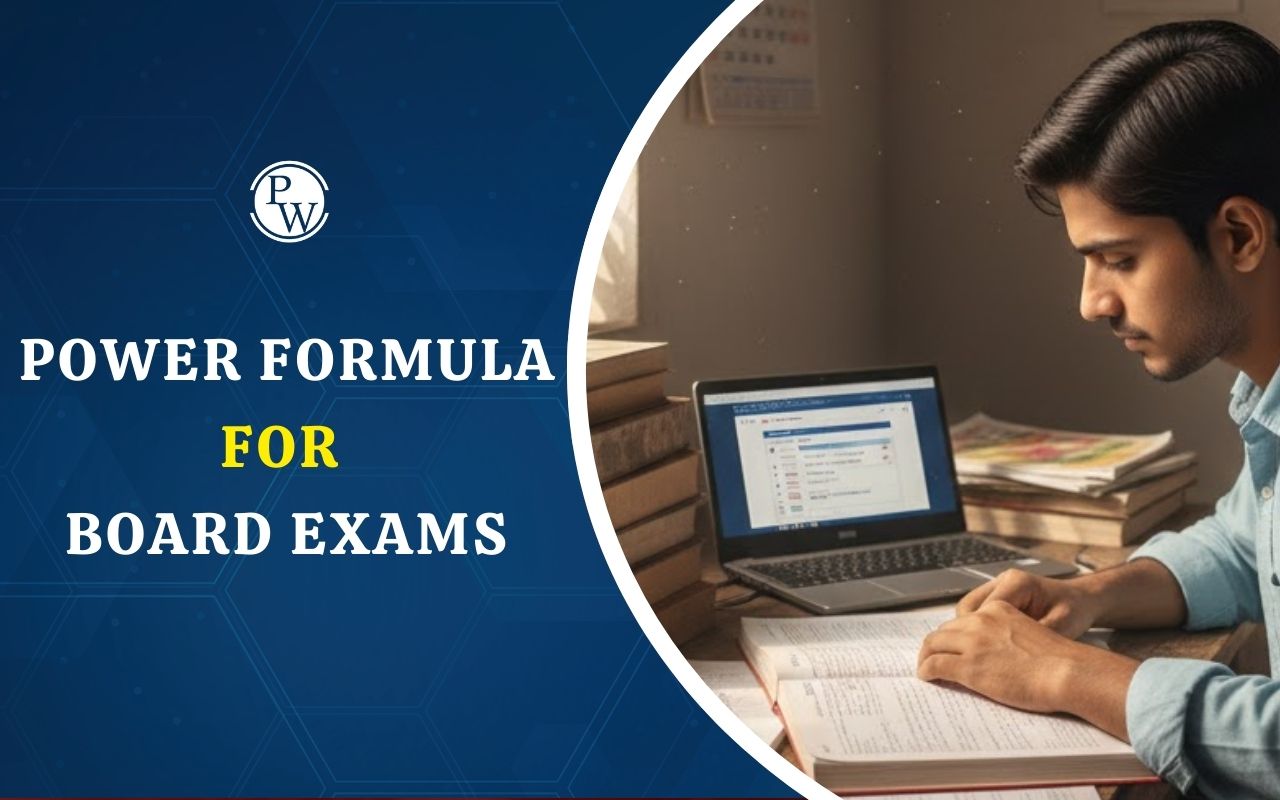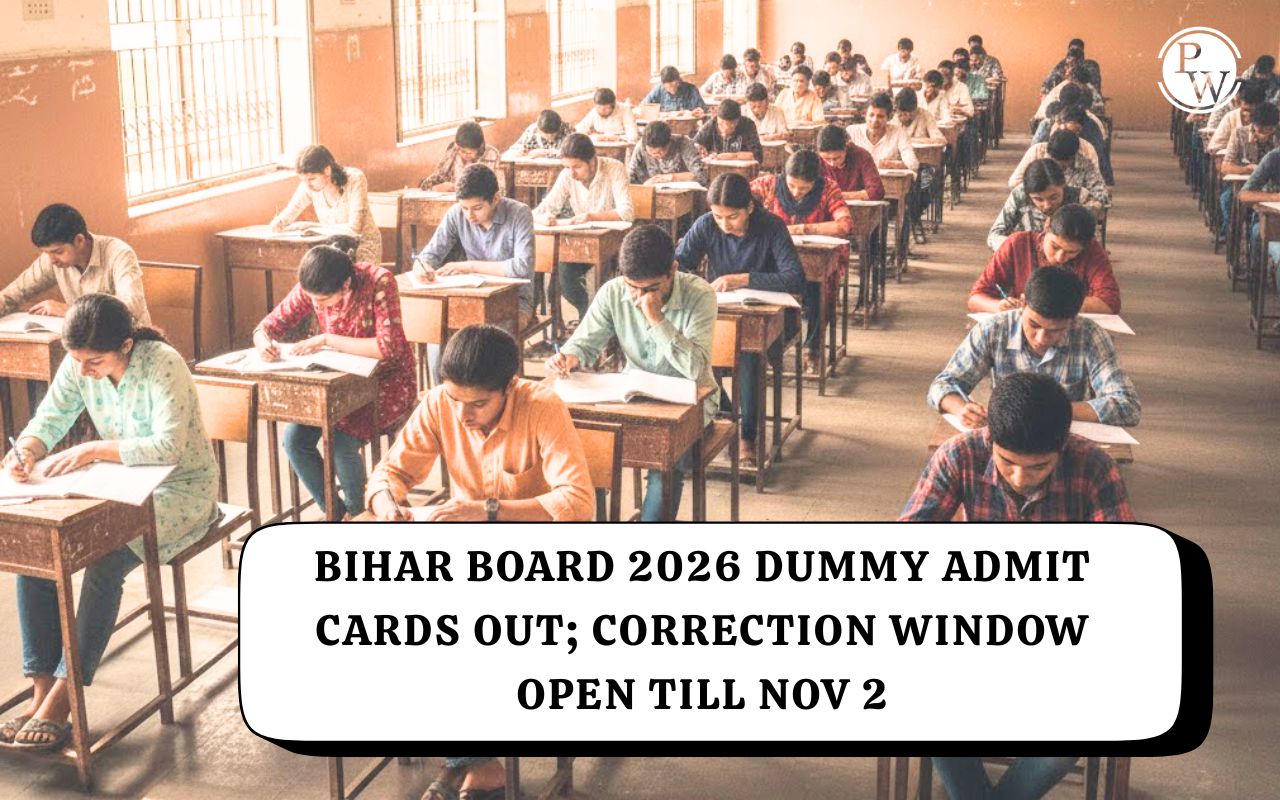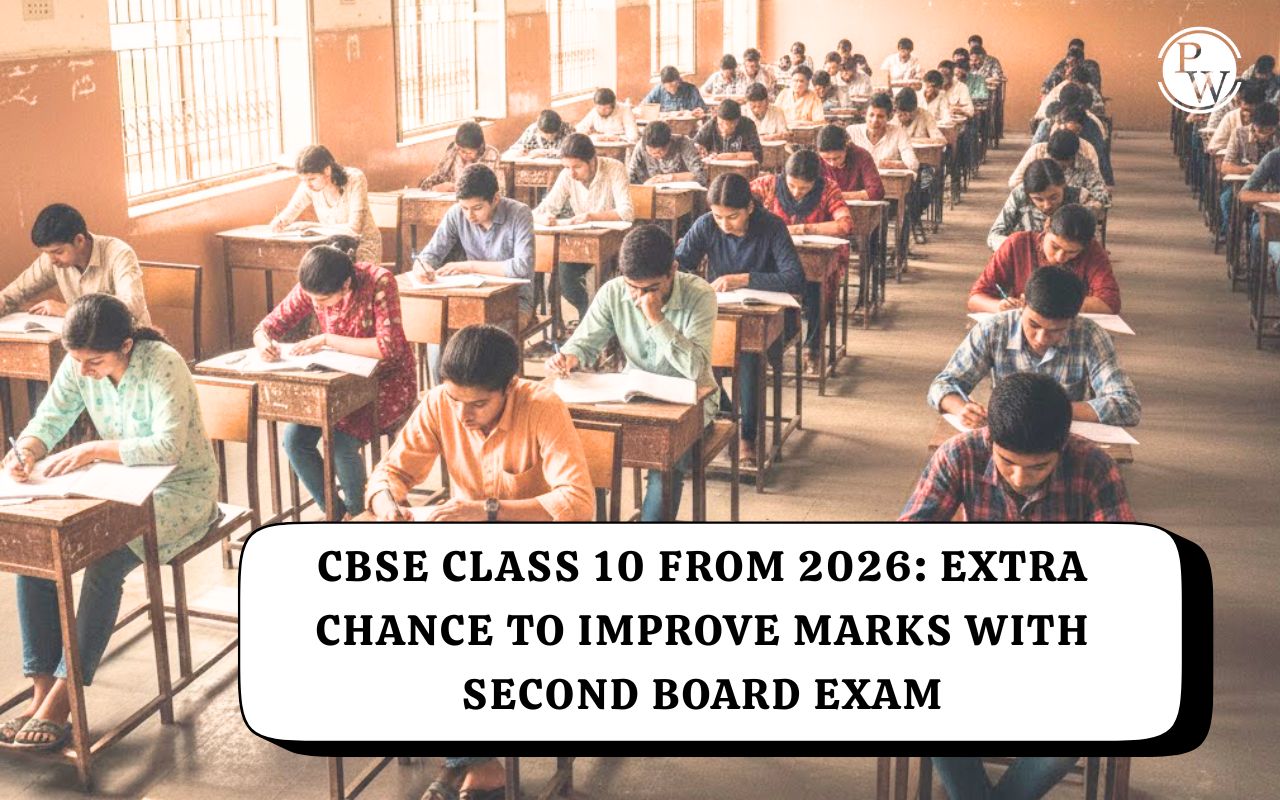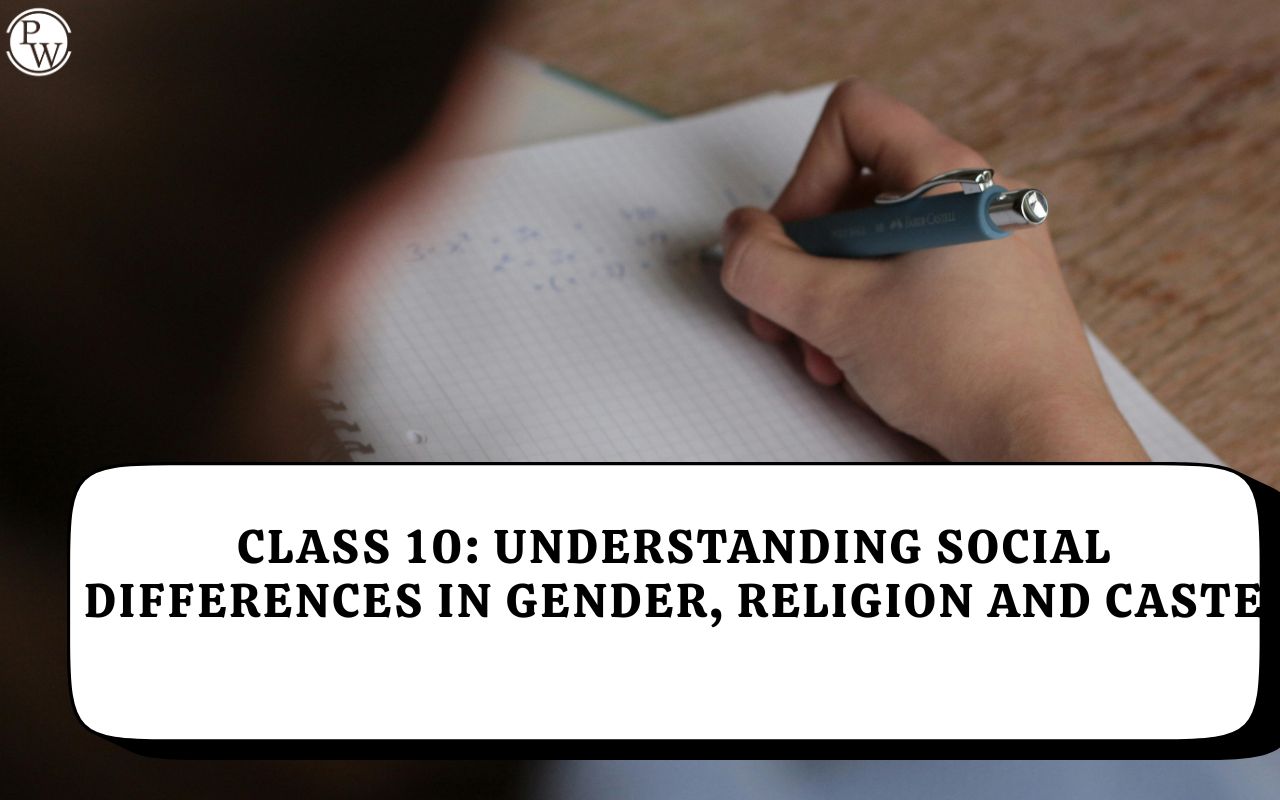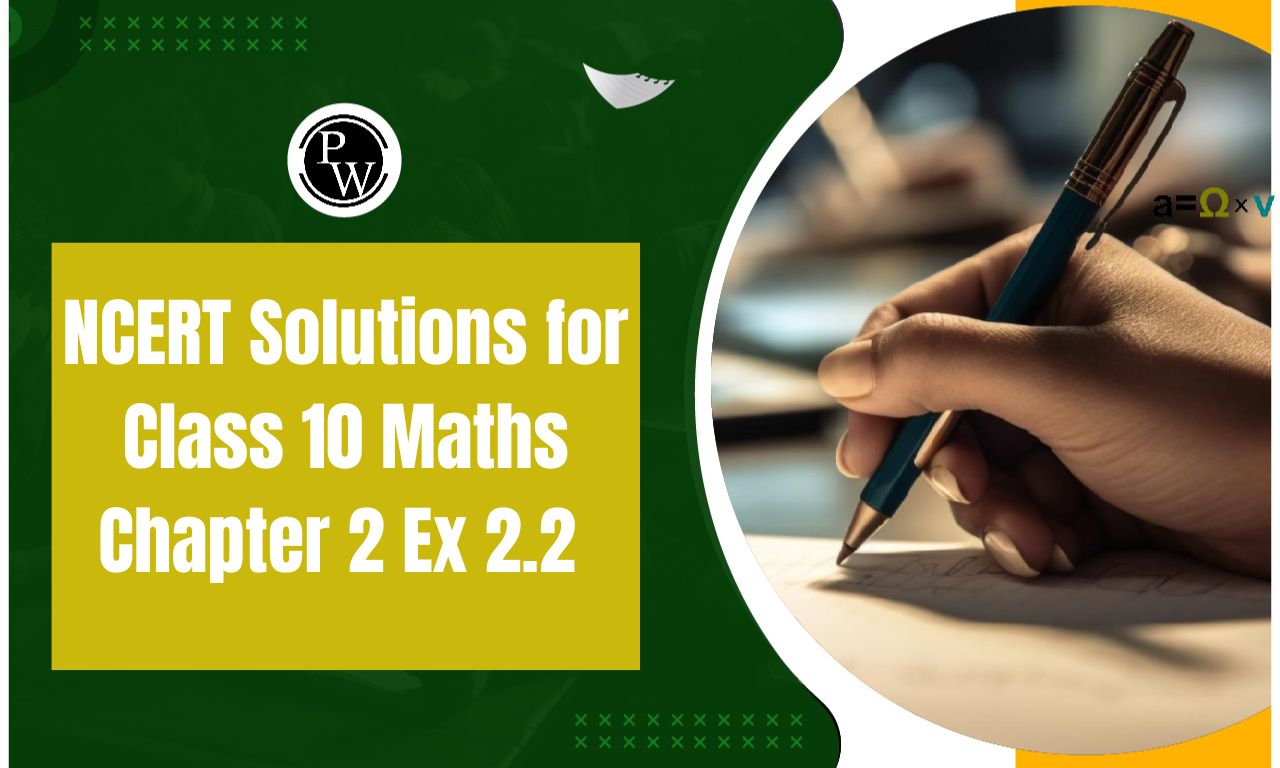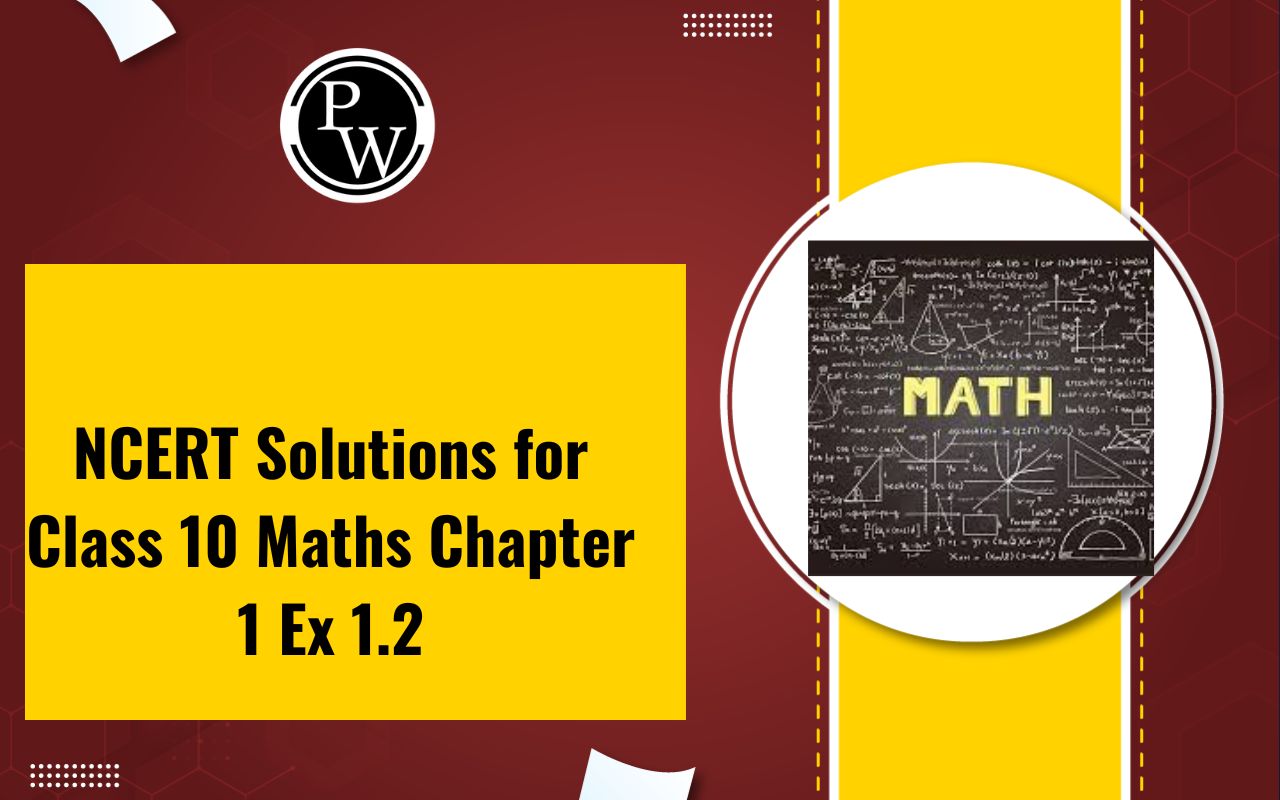

NCERT Solutions for Class 12 Maths Chapter 3 Miscellaneous Exercise Matrices
NCERT Solutions for Class 12 Maths Chapter 3 Miscellaneous Exercise Matrices is prepared by the academic team of Physics Wallah. We have prepared NCERT Solutions for all exercise of Chapter 3. Given below is the step by step solutions of all questions given in the NCERT Solutions for Class 12 Maths Chapter 3 Miscellaneous Exercise Matrices.NCERT Solutions for Class 12 Maths Chapter 3 Exercise 3.1
NCERT Solution for Class 12 Maths Chapter 3 Miscellaneous Exercise Overview
NCERT Solutions for Class 12 Maths Chapter 3 Miscellaneous Excercise addresses these significant subjects. In order to fully comprehend the concepts presented in the chapter and make effective use of the provided solutions, it is recommended that students go over each topic in great detail. The instructors at Physics Wallah have put a lot of effort into helping students better understand the ideas presented in this chapter, as evidenced by these solutions. The intention is for students to effortlessly achieve excellent exam scores after reviewing and practicing these responses.NCERT Solution for Class 12 Maths Chapter 3 Miscellaneous Exercise PDF
Educators at Physics Wallah has created NCERT Solutions for Class 12 Maths Chapter 3 Miscellaneous Excercise comprehensive solutions for in order to assist students in comprehending and applying chapter themes. These questions are meant to help students understand explanations more easily. To download the NCERT Solutions for Class 12 Maths Chapter 3 PDF, click the following link:NCERT Solutions Class 12 Maths Chapter 3 PDF Download Link
NCERT Solutions for Class 12 Maths Miscellaneous Exercise
Solve The Following Questions NCERT Solution for Class 12 Maths Chapter 3 Miscellaneous Exercise Matrices:
Question 1. Let A = show that
show that  where I is the identity matrix of order 2 and ∈ N. Solution : Given:
where I is the identity matrix of order 2 and ∈ N. Solution : Given: 

NCERT Solutions for Class 12 Maths Chapter 3 Exercise 3.2
Question 2. If A = , prove that A n =
, prove that A n =  ,n ∈ N. Solution : Given: A =
,n ∈ N. Solution : Given: A =  To show :P(n): A n
To show :P(n): A n  ,n ∈ N We shall prove the result by using the principle of mathematical induction. For n = 1, we have:
,n ∈ N We shall prove the result by using the principle of mathematical induction. For n = 1, we have: 
NCERT Solutions for Class 12 Maths Chapter 3 Exercise 3.3
Question 3. If A = then prove that A n =
then prove that A n =  where n is any positive integer. Solution : Given: A n =
where n is any positive integer. Solution : Given: A n =  To show :P(n): A n
To show :P(n): A n  ,n ∈ N We shall prove the result by using the principle of mathematical induction. For n = 1, we have:
,n ∈ N We shall prove the result by using the principle of mathematical induction. For n = 1, we have: 
NCERT Solutions for Class 12 Maths Chapter 3 Exercise 3.4
Question 4. If A and B are symmetric matrices, prove that AB – BA is a skew symmetric matrix. Solution : A and B are symmetric matrices. A’ = A and B’ = B ……….(i) Now, (AB – BA)’ = (AB)’ – (BA)’ ∴ (AB – BA)’ = B’A’ – A’B’ [Reversal law] ∴ (AB – BA)’ = BA – AB [Using eq. (i)] ∴ (AB – BA)’ = – (AB – BA) Therefore, (AB – BA) is a skew symmetric. Question 5. Show that the matrix B’AB is symmetric or skew symmetric according as A is symmetric or skew symmetric. Solution : (B’AB)’ = [B’(AB]’ = (AB)’ (B’)’ [∴ (CD)’ = D’C’] ∴ (B’AB)’ = B’A’B ……….(i) Case I: A is a symmetric matrix, then A’ = A From eq. (i) (B’AB)’ = B’AB B’AB is a symmetric matrix. Case II: A is a skew symmetric matrix. A’ = – A Putting A’ = – A in eq. (i), (B’AB)’ = B’(– A)B = – B’AB B’AB is a skew symmetric matrix. Question 6. Find the values of x,y,z if the matrix  satisfies the equation A’A = I.
satisfies the equation A’A = I.

 Question 7. For what value of x
Question 7. For what value of x  = O? Solution :
= O? Solution : 
| NCERT Solutions for Class 12 Maths Chapter 2 Exercise 2.1 | NCERT Solutions for Class 12 Maths Chapter 2 Exercise 2.2 |
| NCERT Solutions for Class 12 Maths Chapter 2 Miscellaneous Exercise | |
 show that A 2 – 5A + 7I = 0. Solution : Given: A =
show that A 2 – 5A + 7I = 0. Solution : Given: A = 
 Question 9. Find x if
Question 9. Find x if  Solution :
Solution :  Question 10. A manufacturer produces three products, x,y,z which he sells in two markets. Annual sales are indicated below:
Question 10. A manufacturer produces three products, x,y,z which he sells in two markets. Annual sales are indicated below:
| Market | Products | |
| I. 10,000 | 2,000 | 18,000 |
| II. 6,000 | 20,000 | 8,000 |
 = 10000 x 2.50 + 2000 x 1.50 + 18000 x 1.00 = 25000 + 3000 + 18000 = 46000 The total revenue in market II can be represented in the form of a matrix as:
= 10000 x 2.50 + 2000 x 1.50 + 18000 x 1.00 = 25000 + 3000 + 18000 = 46000 The total revenue in market II can be represented in the form of a matrix as:  = 6000 x 2.50 + 20000 x 1.50 + 8000 x 1.00 = 15000 + 30000 + 8000 = 53000 Therefore, the total revenue in market I isRs 46000 and the same in market II isRs 53000. (b) The unit cost prices of x, y, and z are respectively given as Rs 2.00, Rs 1.00, and 50 paise. Consequently, the total cost prices of all the products in market I can be represented in the form of a matrix as:
= 6000 x 2.50 + 20000 x 1.50 + 8000 x 1.00 = 15000 + 30000 + 8000 = 53000 Therefore, the total revenue in market I isRs 46000 and the same in market II isRs 53000. (b) The unit cost prices of x, y, and z are respectively given as Rs 2.00, Rs 1.00, and 50 paise. Consequently, the total cost prices of all the products in market I can be represented in the form of a matrix as:  = 10000 x 2.00 + 2000 x 1.00 + 18000 x 0.50 = 20000 + 2000 + 9000 = 31000 Since the total revenue in market I isRs 46000, the gross profit in this marketis (Rs 46000 − Rs 31000) Rs 15000.
= 10000 x 2.00 + 2000 x 1.00 + 18000 x 0.50 = 20000 + 2000 + 9000 = 31000 Since the total revenue in market I isRs 46000, the gross profit in this marketis (Rs 46000 − Rs 31000) Rs 15000.  = 6000 x 2.00 + 20000 x 1.00 + 8000 x 0.50 = 12000 + 20000 + 4000 = 36000 The total cost prices of all the products in market II can be represented in the form of a matrix as: Since the total revenue in market II isRs 53000, the gross profit in this market is (Rs 53000 − Rs 36000) Rs 17000. Question 11. Find the matrix X so that X
= 6000 x 2.00 + 20000 x 1.00 + 8000 x 0.50 = 12000 + 20000 + 4000 = 36000 The total cost prices of all the products in market II can be represented in the form of a matrix as: Since the total revenue in market II isRs 53000, the gross profit in this market is (Rs 53000 − Rs 36000) Rs 17000. Question 11. Find the matrix X so that X  Solution : Given: X
Solution : Given: X  ……….(i) The matrix given on the R.H.S. of the equation is a 2 × 3 matrix and the one given on the L.H.S. of the equation is a 2 × 3 matrix. Therefore, X has to be a 2 × 2 matrix.
……….(i) The matrix given on the R.H.S. of the equation is a 2 × 3 matrix and the one given on the L.H.S. of the equation is a 2 × 3 matrix. Therefore, X has to be a 2 × 2 matrix.  Question 12. If A and B are square matrices of the same order such that AB = BA, then prove by induction that AB’’ = B’’A. Further prove that (AB)’’ = A’’B’’ for all n ∈ N. Solution : Given: AB = BA …..(i)
Question 12. If A and B are square matrices of the same order such that AB = BA, then prove by induction that AB’’ = B’’A. Further prove that (AB)’’ = A’’B’’ for all n ∈ N. Solution : Given: AB = BA …..(i)  Now, we prove that the result is true for n = k + 1.
Now, we prove that the result is true for n = k + 1.  Therefore, the result is true for n = k + 1. Thus, by the principle of mathematical induction, we have (AB)’’ = A’’B’’, for all natural numbers. Question 13. If A =
Therefore, the result is true for n = k + 1. Thus, by the principle of mathematical induction, we have (AB)’’ = A’’B’’, for all natural numbers. Question 13. If A =  is such that A 2 = I, then:
is such that A 2 = I, then:  Solution : Given:
Solution : Given:  and A 2 = I
and A 2 = I  Equating corresponding entries, we haveTherefore, option (C) is correct. Question 14. If the matrix A is both symmetric and skew symmetric, then: (A) A is a diagonal matrix (B) A is a zero matrix (C) A is a square matrix (D) None of these Solution : Since, A is symmetric, therefore, A’ = A ……..(i) And A is skew-symmetric, therefore, A’ = – A A = – A [From eq. (i)] A + A = 0 ⇒2A = 0 ⇒A = 0 Therefore, A is zero matrix. Therefore, option (B) is correct. Question 15. If A is a square matrix such that A 2 = A, then (I + A) 3 – 7A is equal to: (A) A (B) I – A (C) I (D) 3A Solution : Given: A 2 = A …..(i) Multiplying both sides by A, A 3 = A 2 = A [From eq. (i)] ……(ii) Also given (I + A) 3 – 7A = I 3 + A 3 + 3I 2 A + 3IA 2 – 7A Putting A 2 = A [from eq. (i)] and A 3 = A [from eq. (ii)], = I + A + 3IA + 3IA – 7A = I + A + 3A + 3A – 7A [ IA = A] = I + 7A – 7A = I Therefore, option (C) is correct.
Equating corresponding entries, we haveTherefore, option (C) is correct. Question 14. If the matrix A is both symmetric and skew symmetric, then: (A) A is a diagonal matrix (B) A is a zero matrix (C) A is a square matrix (D) None of these Solution : Since, A is symmetric, therefore, A’ = A ……..(i) And A is skew-symmetric, therefore, A’ = – A A = – A [From eq. (i)] A + A = 0 ⇒2A = 0 ⇒A = 0 Therefore, A is zero matrix. Therefore, option (B) is correct. Question 15. If A is a square matrix such that A 2 = A, then (I + A) 3 – 7A is equal to: (A) A (B) I – A (C) I (D) 3A Solution : Given: A 2 = A …..(i) Multiplying both sides by A, A 3 = A 2 = A [From eq. (i)] ……(ii) Also given (I + A) 3 – 7A = I 3 + A 3 + 3I 2 A + 3IA 2 – 7A Putting A 2 = A [from eq. (i)] and A 3 = A [from eq. (ii)], = I + A + 3IA + 3IA – 7A = I + A + 3A + 3A – 7A [ IA = A] = I + 7A – 7A = I Therefore, option (C) is correct.NCERT Solution for Class 12 Maths Chapter 3 Miscellaneous Exercise FAQs
What types of problems are covered in the Miscellaneous Exercise for Class 12 Maths Chapter 3 on Matrices?
The Miscellaneous Exercise typically includes a variety of problems covering topics such as matrix operations, determinants, inverse of matrices, and applications of matrices.
How do you perform matrix multiplication, and what are the key rules to remember?
Matrix multiplication involves multiplying the elements of rows and columns following a specific pattern. The key rule is ensuring the number of columns in the first matrix matches the number of rows in the second matrix.
Can you explain the concept of the inverse of a matrix and its significance?
The inverse of a matrix is another matrix that, when multiplied with the original matrix, gives the identity matrix. It is crucial for solving systems of linear equations and other mathematical problems.
What are the steps involved in finding the inverse of a 2x2 matrix?
For a 2x2 matrix, the inverse can be found using a formula involving the determinant and matrix adjugate.
How are matrices used in real-life applications?
Matrices are used in various fields such as computer science, physics, economics, and engineering for tasks like solving systems of linear equations, image processing, and modeling.
🔥 Trending Blogs
Talk to a counsellorHave doubts? Our support team will be happy to assist you!

Check out these Related Articles
Free Learning Resources
PW Books
Notes (Class 10-12)
PW Study Materials
Notes (Class 6-9)
Ncert Solutions
Govt Exams
Class 6th to 12th Online Courses
Govt Job Exams Courses
UPSC Coaching
Defence Exam Coaching
Gate Exam Coaching
Other Exams
Know about Physics Wallah
Physics Wallah is an Indian edtech platform that provides accessible & comprehensive learning experiences to students from Class 6th to postgraduate level. We also provide extensive NCERT solutions, sample paper, NEET, JEE Mains, BITSAT previous year papers & more such resources to students. Physics Wallah also caters to over 3.5 million registered students and over 78 lakh+ Youtube subscribers with 4.8 rating on its app.
We Stand Out because
We provide students with intensive courses with India’s qualified & experienced faculties & mentors. PW strives to make the learning experience comprehensive and accessible for students of all sections of society. We believe in empowering every single student who couldn't dream of a good career in engineering and medical field earlier.
Our Key Focus Areas
Physics Wallah's main focus is to make the learning experience as economical as possible for all students. With our affordable courses like Lakshya, Udaan and Arjuna and many others, we have been able to provide a platform for lakhs of aspirants. From providing Chemistry, Maths, Physics formula to giving e-books of eminent authors like RD Sharma, RS Aggarwal and Lakhmir Singh, PW focuses on every single student's need for preparation.
What Makes Us Different
Physics Wallah strives to develop a comprehensive pedagogical structure for students, where they get a state-of-the-art learning experience with study material and resources. Apart from catering students preparing for JEE Mains and NEET, PW also provides study material for each state board like Uttar Pradesh, Bihar, and others
Copyright © 2025 Physicswallah Limited All rights reserved.
Get App
